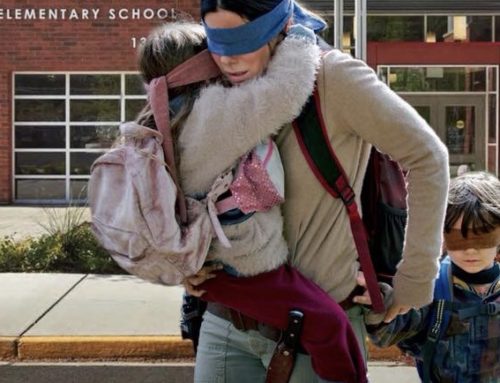Video communication
Make sure you download zoom, google hangout or another platform that will allow you to see others and share your screen with them. This will allow teachers to conduct classes and be able to teach new material. It also gives students the ability to see and talk to their friends and will best mimic the classroom setting.
Communicating with teachers
Now, more than ever, we need to explicitly ask for what we need. When writing emails to teachers, be very clear on what issues you are having and what you would like to see happen to fix any issues that arise. You are still very much entitled to phone or virtual conferences at this time.
Ensuring the IEP is followed within reason
While not ALL of the IEP can be followed at this time. A lot of it can be in a modified version. Students can still get extra help and extra time. They can and should get differentiated work, lessons, and therapies. This can all be done virtually and with the aid of support staff. Schedule daily check-ins with teachers for your child. Schedule one-one-one or small group interventions such as reading help, speech, etc. These services don’t need to end because school is closed and your child shouldn’t have to regress over this.
Getting extra help
If your child can typically go see their teacher for extra help before or after school or during certain periods, virtually learning should be no different. Request that teachers be available in a virtual meeting during certain times so that students can drop in or have them set up an appointment system for this.
Extending the school curriculum and applying it to real life
Let’s face it. When teachers provide busy work and students are home, they’re all cheating on it. They’re googling the answers and asking their friends for answers as well. There has never been a better time to apply the curriculum to the world we live with in unique and creative ways. Instead of giving another history exam, ask students to come up with a marketing campaign for an election during different points in history with the technology and social media platforms that we have now. Instead of writing yet another boring book report, have students write a resume for the literary character they just read about. The opportunities are endless!
Giving back to others during this time
Many students are losing community service hours that they needed for various organizations at this time. While going out is no longer an option, brainstorm ways that they can help from home. Can they make masks for hospital workers and get others to help? Can they organize a big brother/big sister program with local community children to check in on them virtually daily or weekly while they’re home and lonely? How about organizing a virtual band concert to be streamed into a nursing home? There are many ways to still give back.
Keeping socially active from a distance
While kids have their phones and electronics, they’re still having trouble not interacting with friends. Allow them to set up virtual lunch dates on zoom. Now is not the time to take away the video games where the kids can talk to each other. They need the interaction to stay sane!
Staying physically fit
Many adults already workout together on zoom. Allow the kids to do the same with their friends or include them in your own home workouts. The weather isn’t always nice out and many won’t be able to resist meeting up with a friend outside the longer we are quarantined.
Learning life skills
How many times do parents complain that nobody helps them around the house? It’s a great time to introduce those chores. Teach your children how to cook. Many kids grow up not figuring that out until they’re living alone. Assign family members rotating chores like laundry, cleaning the bathroom, etc. Believe it or not, these are things that people google because they don’t know how to do them. What better time to learn than now?









